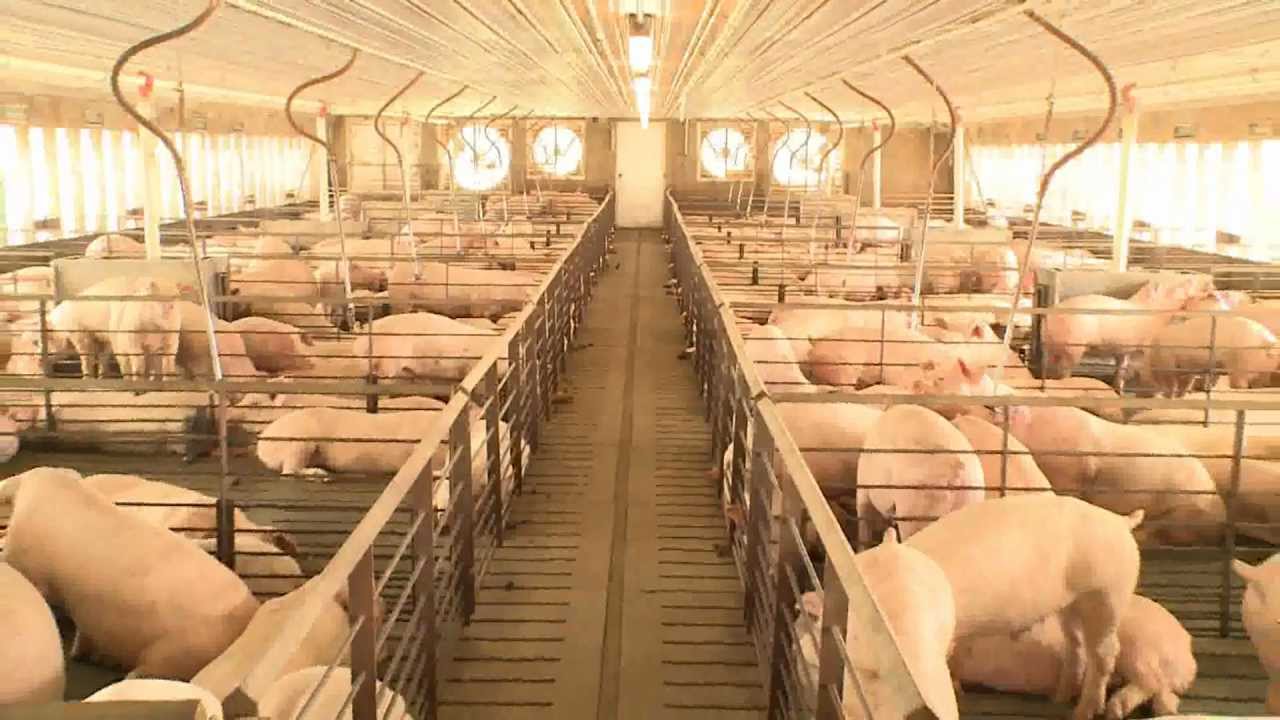Brazil: September was challenging for pig farming, but prices remain at good levels

September presented challenges for the Brazilian swine industry, especially regarding the daily price changes for live pigs and carcasses in the Center-South region of the country. Despite this, monthly price averages ended the month above the values registered in August. This result is due to the behavior of prices, which remained firm in the first half of the month and gradually declined in the second half of the month, remaining at levels higher than those observed for most of August.
In the second half of September, prices across the supply chain failed to get support, initially signaling a more difficult flow at the final end, subsequently hindering wholesale growth, leading the industry to adopt a more restrained stance on live pig purchases. The attractiveness of pork versus chicken cuts was unfavorable, especially in the first half of the month, but has been improving with recent movements (besides the pork lows, chicken prices have recovered). This suggests that the downward trend in pork cuts and other prices in the supply chain may soon weaken, with greater consumer appeal and increased liquidity in negotiations.
The average price per kilogram of live pigs traded in the Center-South region closed September at BRL 8.16, up from BRL 7.87 in August. This represents the highest level of the year and the second-best average in history, trailing only November 2024, when it reached BRL 8.61. On the other hand, the average price per bag of corn in the region rose to BRL 63.16 in September, compared to BRL 61.80 in August. Given the rising averages, the exchange ratio between live pig and corn rose to 7.75, meaning that 1 kilogram of pig can buy 7.75 kilograms of corn, the best exchange ratio since July 2019. The exchange ratio between live pig and soymeal rose to 5.27, the highest level in at least 10 years.
Expectations remain favorable for the Brazilian pig industry in this final quarter, considering the year-end preparations for both industry and retail, with potential demand boosted by festivities and increased capitalization due to the thirteenth-month salary and other bonuses. It is also worth noting that domestic supply is likely to be lean, with steadily growing production and strong exports. Considering the volumes of fresh and processed products, September is expected to end with over 140,000 tons exported, which, if confirmed, will represent a monthly record.
Another factor that helps the sector is the cost of animal nutrition, which is evolving smoothly, at levels that favor the formation of healthy margins. The great corn second crop and the good availability of soymeal contribute to the cost picture.
Some points warrant continuous monitoring:
● Weather conditions;
● Export progress;
● Dollar fluctuations;
● International tariffs;
● Interest rates.
Interest rates in Brazil remain at a restrictive level, limiting the appetite for investment in production. Modest growth in pork production is expected in 2026, which could contribute to maintaining a positive price scenario, given the strong demand—both domestically and, especially, internationally.
The chicken industry faced a major challenge in 2025: the first outbreak of Highly Pathogenic Avian Influenza on a commercial farm in Brazil. The world’s leading chicken meat exporter faced successive embargoes. The work carried out by all sectors was exemplary, and from an animal health perspective, the issue was quickly resolved.
One by one, the embargoes were lifted, and the country gradually resumed normal shipments. Among the major buyers of Brazilian chicken, China is currently the only one yet to resume imports. The good news is that a Chinese delegation recently inspected the Brazilian production system, and recovery appears to be increasingly close.
The domestic market played a crucial role in the price recovery of key wholesale cuts in São Paulo. In September, consistent price increases were observed for frozen whole chickens, breasts, thighs, wings, and other cuts. The increased competitiveness of chicken meat has led Brazilian consumers to choose this protein more often—a trend that is understandable in a population still facing limited purchasing power.
Expectations for the final quarter, which is just beginning, are favorable, with exports expected to return to normal levels (above 400,000 tons per month). Furthermore, the domestic market is also heating up with the arrival of the thirteenth-month salary, the creation of temporary jobs, and the traditional end-of-year celebrations.
The Brazilian chicken industry has shown resilience, overcoming the issue of Highly Pathogenic Avian Influenza. However, it is crucial for the sector that Brazilian authorities continue to negotiate health protocols, so that this type of occurrence will not have such serious consequences for the country that cares the most about animal health worldwide.
For almost 30 years of expertise in the agri markets, UkrAgroConsult has accumulated an extensive database, which became the basis of the platform AgriSupp.
It is a multi-functional online platform with market intelligence for grains and oilseeds that enables to get access to daily operational information on the Black Sea & Danube markets, analytical reports, historical data.
You are welcome to get a 7-day free demo access!!!
Read also
Merry Christmas and Happy New Year! UkrAgroConsult work schedule
Grain exports from Ukraine exceeded 14.5 mln tons
Belgian scientists use AI to perfectly peel potatoes
Official Release – December 17th! Crop & Price Navigator 2026/27
Australian wheat challenges US for top spot in South Korea’s milling imports
Write to us
Our manager will contact you soon



